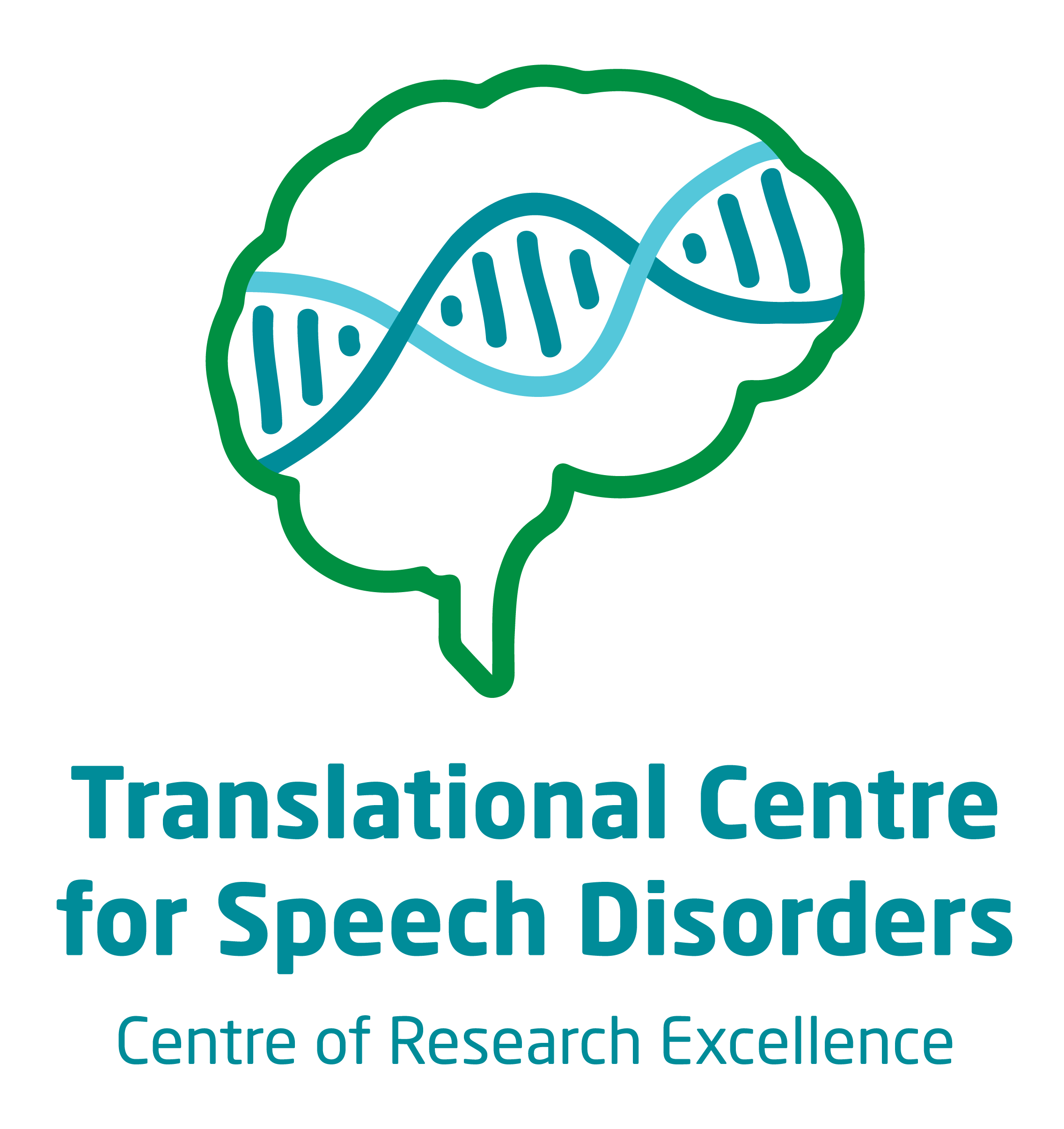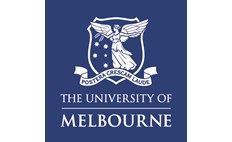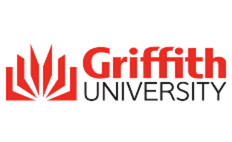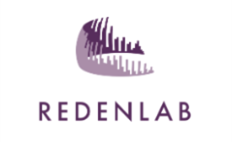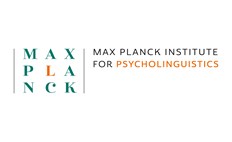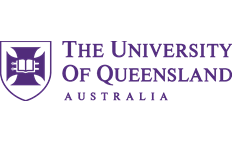DDX3X
What is DDX3X-neurodevelopmental related disorder?
DDX3X-neurodevelopmental disorder (DDX3X-NDD, also known as DDX3X syndrome) occurs when there is a change or alteration (like a spelling mistake) to the DDX3X gene, meaning the gene loses or alters its usual function. When the DDX3X gene is affected, an individual’s development is also impacted.
DDX3X is a gene on chromosome p11. 3–11.23, which plays an important role in the transportation of ‘messages’ or ‘instructions’ within the body (RNA metabolism).1 In most cases so far, the genetic change affecting DDX3X has happened sporadically, or 'out of the blue' (de novo).
Contact
For further information, do get in touch with the CRE Speech and Language research team at:
Email: geneticsofspeech@mcri.edu.au
Phone: (03) 9936 6334
Frequently asked questions
Some individuals with DDX3X-neurodevelopmental disorder have:2
- Intellectual disability and/or developmental delay
- Autism
- Attention-deficit/ hyperactivity disorder
- Self-injurious behaviour
- Epilepsy
- Structural brain abnormalities
- Movement disorders
- Congenital heart defects
- Vision and hearing impairments
More than half of verbal individuals with DDX3X-neurodevelopmental disorder have childhood apraxia of speech (CAS). Some individuals also have dysarthria. Articulation disorder, phonological disorder and phonological delay are also very common. Most individuals have multiple, co-occurring speech disorders and experience severe communication impairment.3
Out of 36 individuals with DDX3X-neurodevelopmental disorder, most had delayed first words, saying their first words at older than 15 months of age. Eleven individuals, aged between 2- and 24-years-old, had not yet said their first words. Combining words to create spoken sentences was also delayed, with only 4 of the 15 individuals with spoken language starting to combine words before 3-years-old.3
Individuals who do not learn to talk or combine sentences may benefit from augmentative and alternative communication (AAC), such as; sign language, communication books or speech generating devices. Some individuals use AAC when they are younger, and then stop using AAC as their verbal speech develops.3
Most individuals with DDX3X-neurodevelopmental disorder have stronger receptive language skills (understanding skills) than expressive language skills (ability to use language to express themselves).3 Individuals with DDX3X-neurodevelopmental disorder also exhibit strengths in social motivation.3
Depending on the individual child’s needs and abilities, some may attend mainstream schools with additional classroom support, whilst others may attend special development schools. Recommendations for the most appropriate school setting may vary from country to country. Paediatricians and allied health professionals can assist with ensuring appropriate community and educational supports are in place to support individuals and their families.
In a group of 32 school aged individuals with DDX3X-neuroodevelopmental disorder, 1 was home-schooled, 22 attended specialised schools and 9 attended mainstream schools.3
Currently, interventions are specific to an individual’s communication needs. Individuals with DDX3X-neurodevelopmental disorder require a speech pathology or speech therapy assessment to ensure tailoring of best-evidenced interventions to the individual’s profile.
As speech and language disorders are a core feature of DDX3X-neurodevelopmental disorder, speech therapy/pathology input should start early in life and include assessment and therapies tailored to each individual. Many countries/states provide early intervention programs where speech therapy may be provided by government programs, educational programs, private practices, or a combination of these depending on your location. Families can seek advice from local practitioners about the services available to them in their region.
Speech sound development and language abilities should be assessed by a speech therapist to determine the nature of a child’s communication strengths and challenges and how to best support their needs and development. Every child’s communication profile is different and no single ‘one size fits all’ treatment exists. Rather, there should be personalised assessment and treatment approaches tailored to an individuals’ specific speech and language needs.
Considering the high-incidence of CAS in individuals with DDX3X-neurodevelopmental disorder, it is important to consider if they have CAS and thus require tailored CAS intervention. Currently there are a number of treatments for CAS, such as the Nuffield Dyspraxia Programme version 3 (NDP-3) and the Rapid Syllable Transition Treatment (ReST) which are supported by the highest level of evidence at present.4
Speech development is delayed in DDX3X-neurodevelopmental disorder, meaning that many individuals need AAC to support their communication. For those with little speech or very unclear speech, comprehensive AAC supports are required so that an individual can meet all their communication needs. Early and intensive AAC intervention is important for individuals with DDX3X-neurodevelopmental disorder, with many using a mix of AAC systems (called multimodal AAC, e.g., using sign language and a speech generating device).3
Assessment/evaluation
Important domains for a speech pathology assessment include:
- Speech production skills: to evaluate for specific speech diagnoses (e.g., CAS, phonological disorder)
- Expressive and receptive language skills
- Social/pragmatic language skills
- Feeding and swallowing abilities
- Literacy skills, such as phonological awareness, reading and writing
The types of assessment tools used will vary depending on the child’s individual profile and developmental age. Assessment may be required at an initial diagnosis and throughout childhood and adolescence. The goal of assessment will be to understand the nature and severity of speech and language challenges, then make recommendations for appropriate therapies when needed.
Therapy/intervention
There is no research on speech and language interventions that are specifically designed for children with DDX3X-neurodevelopmental disorder. Speech and language interventions for children with DDX3X-neurodevelopmental disorder are currently guided by the child’s individual profile and the best evidence for speech and language disorders more generally, and include:
- Augmentative and alternative communication (AAC)
AAC refers to ways of communicating other than talking (speech), such as the use of sign language or communication devices. AAC options can support language development prior to speech developing (using AAC does not prevent or slow down language development) and can also be of benefit when speech is unclear. Given children with DDX3X-neurodevelopmental disorder have delayed communication development, introducing AAC in the early years should be considered to foster language development and provide a means for children to engage, learn, and reduce communication frustrations. The need for AAC or the AAC options used by individuals may change over time. Speech pathologists/therapists work with children and families to find the most appropriate AAC options tailored to needs and abilities.
- Evidence-based treatments for CAS5
Existing treatments have varying levels of efficacy. Some examples include:
- Nuffield Dyspraxia Program6
- Rapid Syllable Transition Treatment (ReST)6
- Dynamic Temporal and Tactile Cueing (DTTC)7
- Prompts for Restructuring Oral Muscular Phonetic Targets (PROMPT)8
Evidence based treatments for CAS are high-intensity, with at least weekly and sometimes multiple weekly speech therapy sessions.8 As children with DDX3X-neurodevelopmental disorder are very likely to have CAS, early speech therapy intervention is advised.
Families should ask their speech pathologist/therapist about how effective these programs (or the ones they are recommending) will be for their child given their age and symptoms. The type of therapy will depend on: (1) the child’s symptoms, (2) their age, (3) the severity of their condition, and (4) any other health or development challenges they have.
Like with any skilled movement, practice or therapy is usually most successful when it happens several times a week. When CAS symptoms have resolved with therapy, there may still be a need for continued speech pathology/therapy input to address challenges in other areas of communication such as expressive language skills (e.g., vocabulary, sentence formation), social/pragmatic language skills (e.g., conversation skills, topic maintenance), and literacy.
It is also important to note that CAS is a difficulty with planning and programming movements for speech. There is no strong evidence to support the use of non-speech oral motor exercises alone (e.g., pursing, blowing, lip massage etc.) as an effective treatment for speech sound disorders.9
Whilst current research has identified speech and language development as an area of difficulty for many individuals with DDX3X-neurodevelopmental disorder, there have been no studies to date that track how communication development changes over time. Further research on the speech and language development of larger groups of individuals with DDX3X-neurodevelopmental disorder is needed to better understand communication strengths and challenges across the lifespan.
However, it is evident that many individuals have speech and language challenges well into young adulthood.3
- For information on speech and language abilities and DDX3X-related disorder, please see our Fact Sheet.
- More information on CAS: CAS Fact Sheet
- More information on phonological disorder: Phonological Disorder Fact Sheet
- More information on AAC: AAC Fact Sheet
- Apraxia kids information support group: Support Group Website
References
- Mo, J., Liang, H., Su, C., Li, P., Chen, J., & Zhang, B. (2021). DDX3X: structure, physiologic functions and cancer. Molecular cancer, 20(1), 1-20.
- Johnson-Kerner, B., Snijders-Blok, L., Suit, L., et al. (2020). DDX3X-Related Neurodevelopmental Disorder. In: Adam MP, Feldman J, Mirzaa GM, et al., editors. GeneReviews® [Internet]. Seattle (WA): University of Washington, Seattle; 1993-2024. Available from: https://www.ncbi.nlm.nih.gov/books/NBK561282/
- Forbes, E. J., Morison, L. D., Lelik, F., Howell, T., Debono, S., Goel, H., Burger, P., Mandel, J. L., Geneviève, D., Amor, D. J., & Morgan, A. T. (2024). Speech and language in DDX3X-neurodevelopmental disorder: A call for early augmentative and alternative communication intervention. American journal of medical genetics. Part B, Neuropsychiatric genetics : the official publication of the International Society of Psychiatric Genetics, e32971. Advance online publication. https://doi.org/10.1002/ajmg.b.32971
- Murray, E., McCabe, P., & Ballard, K.J. (2015). A Randomized Controlled Trial for Children With Childhood Apraxia of Speech Comparing Rapid Syllable Transition Treatment and the Nuffield Dyspraxia Programme Third Edition. Journal of Speech, Language and Hearing Research, 58(3), 669-686.
- Murdoch Children's Research Institute. Fact Sheet: Childhood Apraxia of Speech. https://www.geneticsofspeech.org.au/media/dokkyesk/cas_v1.pdf
- Murray, E., McCabe, P., & Ballard, K.J. (2015). A Randomized Controlled Trial for Children With Childhood Apraxia of Speech Comparing Rapid Syllable Transition Treatment and the Nuffield Dyspraxia Programme Third Edition. Journal of Speech, Language and Hearing Research, 58(3), 669-686.
- Murray, E., McCabe, P., & Ballard, K. J. (2014). A systematic review of treatment outcomes for children with childhood apraxia of speech. American journal of speech-language pathology, 23(3), 486–504.
- Morgan, A. T., et al. (2018). Interventions for childhood apraxia of speech. The Cochrane database of systematic reviews, 5(5).
- Lee, A. S., & Gibbon, F. E. (2015). Non-speech oral motor treatment for children with developmental speech sound disorders. The Cochrane database of systematic reviews, 2015(3).

